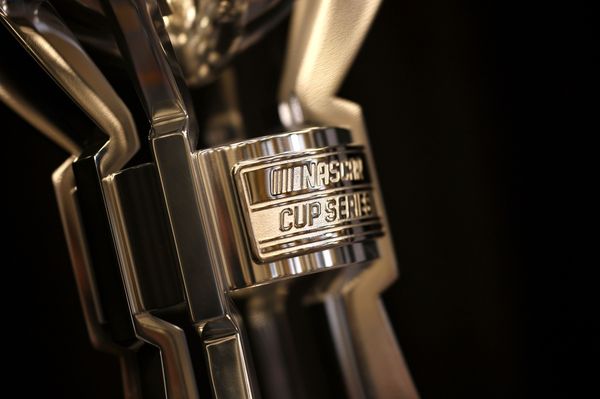
In recent years, there has been a flurry of bestselling books reimagining the lives of unfairly damned women in Greek mythology. Madeline Miller’s Circe tackled the sorceress daughter of Helios and Perse, who could change humans into wolves, lions or pigs, while Natalie Haynes’s Stone Blind reconsidered the snake-haired Medusa, whose gaze had the power to petrify. Both retell their myths from a feminist perspective and it’s no surprise they’ve done well. The epic tales and poems they refashioned were told by men, written down by men, and, until recently, translated by men, some of them spinning words and meanings to fit a certain narrative. For millennia, the myths have provided a constant inspiration for artists, who turned their most thrilling and pivotal moments into paintings or sculpture. But, like the translators, these artists often exaggerated and manipulated the narrative, perpetuating the idea that men are the heroes, women either temptresses or trophies.
Miller and Haynes have been rightly praised for their fresh approach. But what if there was someone who was doing something similar 250 years ago? This is what I find extraordinary about the show at the Royal Academy in London dedicated to Angelica Kauffman, a painter who defied all odds to rise to the top of the art world, in a society even more male-dominated than ours today.
There are many reasons why this Swiss-born 18th-century painter was enormously successful, from her meticulous brushwork to her dazzling depictions of folds, threads and fabrics. But Kauffman was also a great storyteller. Like her neoclassical contemporaries, she revived the ancient world and its protagonists, real and imagined, through paint – but, unlike them, she worked from a perspective sympathetic to the female characters. Such viewpoints are almost unheard of in history: the default saw women portrayed more as sexual objects than as human beings.
Take Cleopatra, queen of Egypt in the first century BC. Famed for her tempestuous love life, she is normally portrayed in the process of killing herself, having discovered Mark Antony is dead. Almost invariably, Cleopatra is depicted as beautiful and, for some reason, nude. Kauffman, however, took a different route, instead presenting the queen as a mourning widow, dressed in white robes, carefully laying a garland of flowers over her husband’s tomb.
Or take Circe, the herbalist who lived alone on an island that Odysseus and his men invaded. The 19th-century artist John Waterhouse painted her with an evil gaze pouring out her poison, while his contemporary John Collier depicted a seductive nude in a woods, draping over a tiger while a leopard rests at her feet. Yet Kauffman pictured her – more than once – as fully clothed, on an equal plane, in conversation or even negotiating with Odysseus. Her portrayal feels more faithful to poet Hesiod’s source text, too, considering Circe guided and nursed Odysseus.
Pushing these stories further, Kauffman began inserting herself into the work. Self-Portrait of the Artist Hesitating Between the Arts of Music and Painting, from 1794, is a reference to an ancient parable in which Hercules chooses between Vice and Virtue. But unlike him, Kauffman is choosing between her two career paths. As a child, she was a musical prodigy but, as this work’s existence demonstrates, she chose the latter. The three versions of herself – musician on the left, artist on the right, wavering figure in the middle – are also evocative of the Three Graces. This may be a way for Kauffman to say that women, who have generally been confined to the role of muses, can be ambitious, talented and highly intelligent.
Kauffman demanded prices on a par with her male contemporaries, was one of two female founder members of the Royal Academy (the other being Mary Moser), and was canny enough to befriend the most acclaimed scholars and artists of the day, whom she immortalised in paint. But she knew very well the limitations women faced.
An official painting by Johan Zoffany of the founding Royal Academicians shows Kauffman and Moser barely present – they appear as portraits on the wall of the life-drawing room, suggesting their exclusion on the grounds of gender. But Kauffman showed how women found ways to study the naked body – a basic training required for any artist. In Design, a roundel usually positioned on the ceiling at the entrance to the Royal Academy, a young female artist is fastidiously drawing the Belvedere Torso, a muscular fragmentary marble discovered in Rome. It shows just how much harder women in the 18th century had to work.
One critic called the Kauffman show “overly polite”. This seems very derogatory. For me, this exhibition – like the books of Miller and Haynes – is about revisiting ancient stories, amplifying the female point of view, and offering a more nuanced understanding of them in both fiction and fact.
• Angelica Kauffman is at the Royal Academy, London, until 30 June







